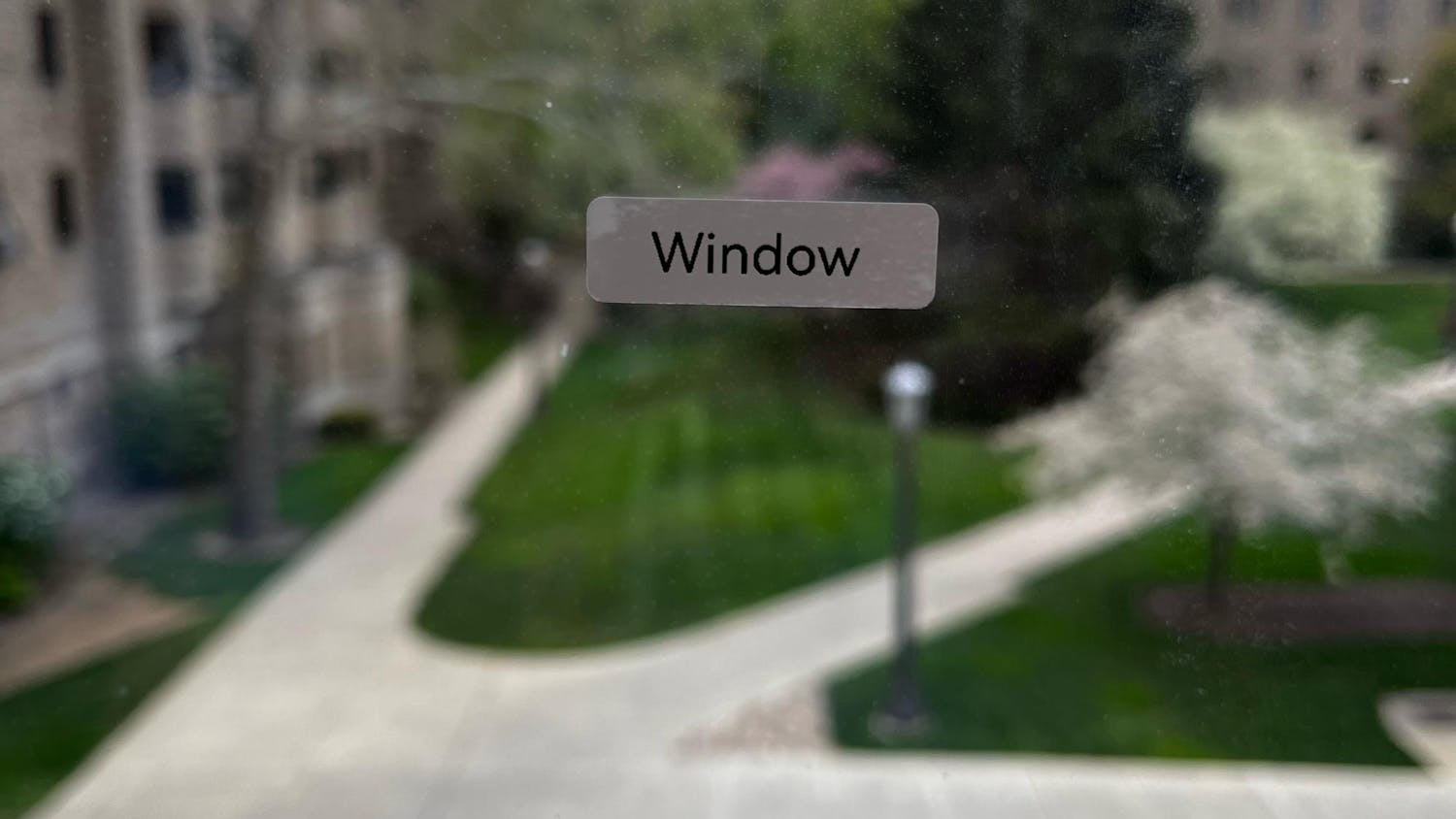During winter break, I suffered the typical post-term slump of spending untold hours binge-watching TV series I’d missed out on due to coursework. I’m not big on all of this Game of Cards, House of Thrones live-action stuff. If I’m going to inundate myself with entertainment media, I prefer to return to the lazy Saturday mornings of my childhood with some old fashion Nickelodeon cartoons.
Many of you millennials may be familiar with "Avatar: The Last Airbender," a series that aired on Nickelodeon back in our school days concerning a bald boy with arrows on his head who channels elemental powers to save the world. In the last few years, the show’s co-creators, Bryan Konietzko and Michael DiMartino, continued the Avatar legacy with "The Legend of Korra," a new series that caters to a slightly older audience with its teenage romance and darker villains. Like the first series, it also seeks to challenge American cartoon stereotypes with Eastern cultural/spiritual influences and its headstrong female protagonist.
Watching the show’s final two seasons in three days was a wild (and mind-numbing) ride. As Korra and another female character entered a spirit portal following the climatic final battle, I nodded with satisfaction at a job well done — peace and friendship triumph over villainy and destruction. But according to Konietzko’s Tumblr account, I had missed something big: the final scene was actually a confirmation of the bisexual love interests of the two characters, whose Sappho-erotic romance had sprung to life as they peered into each other’s eyes in the last seconds of the series.
Per Konietzko’s Tumblr:
“You can celebrate it, embrace it, accept it, get over it or whatever you feel the need to do, but there is no denying it. That is the official story.”
In no time, news outlets from IGN to TV Guide blew up with stories praising "The Legend of Korra" for its progressively-minded presentation of an LGBT relationship.
Now hold it. Official story? LGBT relationship? When is the last time that clasping hands and eye-contact constituted a relationship? And what makes Konietzko’s word “the official story”?
First off, just because the creator of an artwork (and this cartoon counts as artwork if ever one did) says the artwork means something doesn't mean that is what the artwork officially means. This is what we in the literary world call the authorial fallacy. This fallacy defers to the artist’s judgment, preventing the artwork from conveying its own meaning and leaving no room for interpretation. Artistic meanings spoon-fed to the viewer by the author are no artistic meanings at all, for artistic meanings are not declared but discovered. The fallacy comes down to this essential point: an author can intend for the art to mean one thing, but fail abysmally in conveying that meaning through the art itself.
This is precisely what Konietzko & Co. have done: they intended to portray an LGBT relationship, but the portrayal was so subtle, ambiguous and last minute that they had to rely on a fallacious authorial decree to grant an interpretation of Korra’s bisexuality any credence (credence which it should have been granted by ample cues throughout the series).
DiMartino clarified in his own Tumbr post that “Our intention with the last scene was to make it as clear as possible that yes, Korra and Asami have romantic feelings for each other.” Yet, the scene was anything but clear. Konietzko added, “We did this for our queer friends, family and colleagues. It is long overdue that our media (including children’s media) stop treating non-heterosexual people as nonexistent, as something merely to be mocked.”
At face value, representing the stories of the underrepresented and empowering the marginalized is a noble intention indeed. However, if the creators wanted to challenge hetero-normativity in children’s cartoons, why didn’t they design an LGBT character from the beginning rather than contriving one in the last season, nay, the last moment of the last episode of the last season (making the whole social justice project seem like a cursory afterthought)?
Lastly, if the representation of LGBT identity rests entirely in portraying romantic attractions, then doesn’t this reduce LGBT identity to only a small facet of personality, that is, to romantic tastes? This romantic reduction of identity does not present characters with same-sex attractions as people like everyone else, but rather pigeon-holes them on a basis of their sexuality. Thus, the female character who is attracted to other women becomes the LGBT character, just as the character who has dark skin becomes the stereotypical black character, defined by a singular aspect of his or her identity.
It seems to me that TV shows should depict characters with complex personalities and relationships built upon more than superficial signs of romance. And if the creators of TV shows need to write blogposts after the fact to explain what their show “officially” means, maybe they should spend more time developing meaning through the artwork itself. That, anyway, is my interpretation, not my decree.













